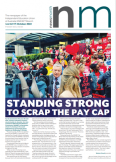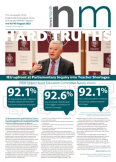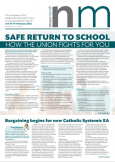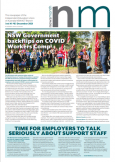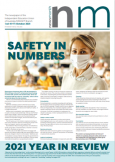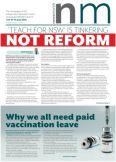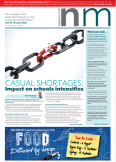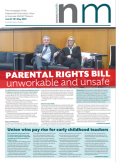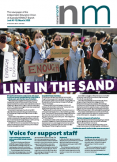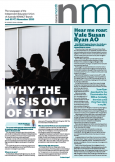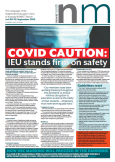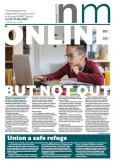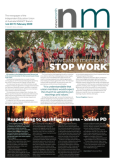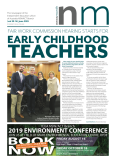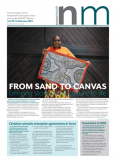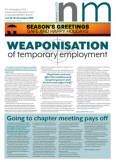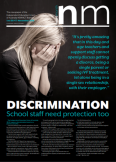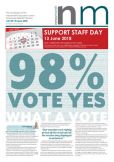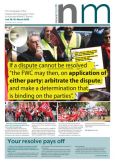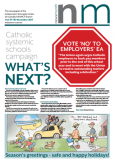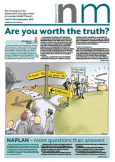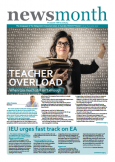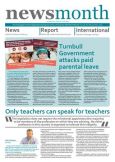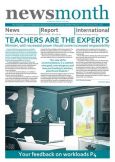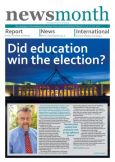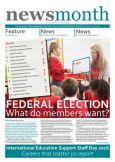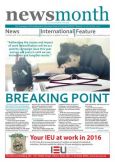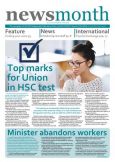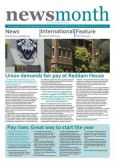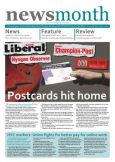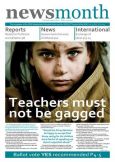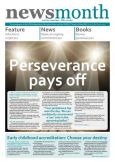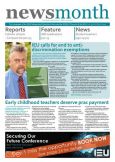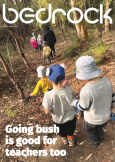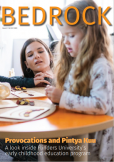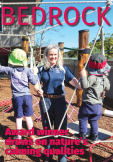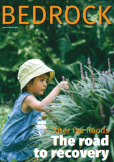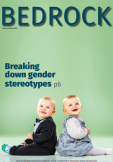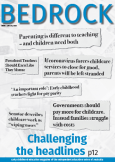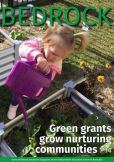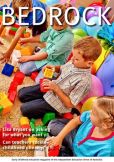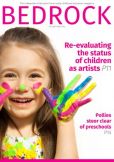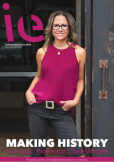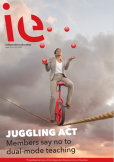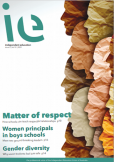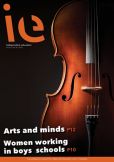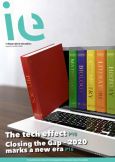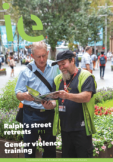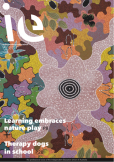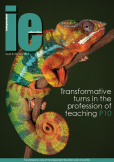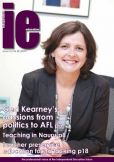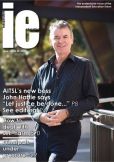
A recent study into students’ perceptions of playground safety adds an interesting but complicating layer to the mire that is legal liability and education, IEU Victoria Tasmania Assistant Secretary Cathy Hickey writes. The research conducted by academics Brendon Hyndman and Amanda Telford looks at the “growing culture of surplus safety” and in particular examines the way students experience this culture in the playground.
Dilemma, as described by Wikipedia, is a problem offering two possibilities, neither of which is unambiguously acceptable or preferable. Such is the problem facing schools in respect to the ‘old school yard’. The promotion of physical activity during school breaks, and healthy and appropriate risk taking is well known to promote ongoing health and important lifestyle habits. It is also a mandated part of the curriculum, as well as part of the knowledge and skills required of teachers articulated in the Australian teaching professional standards. Active play has clearly been associated with improvements in students’ physical, cognitive and social development.
On the other hand, schools and teachers have become acutely aware of the heightened expectations around mitigating and indeed attempting to eradicate all risk of injury to students. This is no mere overreaction or paranoia. Hyndman and Telford’s article published this year on the study in the Australian Journal of Teacher Education outlines some of the recent research on student injury. They point to growing adult concerns about the danger of school playgrounds, possibly stemming from playground equipment being the leading cause of all child fall-related hospitalisation in Australia (Berry, Jamieson and Harrison, 2010). The authors quote Chancellor’s (2013) statistic that the majority of primary school facilities within the state of Victoria are more than 50 years old. Schools are developing elaborate playground policies and there are a growing number of schools now taking out student accident insurance policies in a strategy to reduce the costs of students’ injuries for parents and the need to enter into litigation.
Impact on activity
Hyndman and Telford give the readers of their article an excellent outline of current research in this area. They detail how physical activity in Australian school grounds has changed considerably over recent decades, reducing students’ opportunities for active, creative and diverse play. They list a number of significant school playground changes in Victorian primary schools which have included the reduction of school break time (lunch and recess); removal of playground equipment; merging of school facilities which can result in crowded play spaces and restrictive rules relating to students’ use of school grounds that can lead teachers undertaking playground policing-type roles.
They cite researchers such as Tranter and Sharpe (2007) and Wyver et al; (2010) who show a growing societal trend in Australia of adults wanting to ‘cotton wool’ students, including through the controlling of playground activities, which have become much more organised, supervised and directed by adults.
Students’ views
The Hyndman and Telford study involved collecting data from seven focus groups (four primary schools and three secondary schools) conducted across four schools (two primary and two secondary). The aim of the research was to examine student’s perceptions of playground safety influences on physical activity from the perspective of the ‘users’ of school playgrounds.
The study obviously throws up interesting and useful information to assist in both the development of schools’ policy and practices, and also for teacher training programs, both preservice and ongoing.















